How to Start Blogging (and Earn Money from It)
A few years ago, I read a post by a female fashion blogger who wrote about “how to start blogging (and make money online).” She shared her journey to financial freedom and painted blogging as a pathway to independence. But after going through her article—and seeing similar content from big brands like HubSpot and Wix—I realized something crucial was missing.
The truth is, to earn from blogging, there has to be something you’re offering beyond the blog itself: a product, a service, or a unique skill.
HubSpot and Wix, for instance, have perfected their own money-making models, but they don’t reveal the specifics of how they actually earn money. Instead, they subtly imply that by blogging and using their tools, you can make money too. But that’s not the full story. They aren’t making money from blogging alone; they have paid products and services that drive their revenue. So, if you’re serious about blogging for profit, you need a plan beyond just writing. Here’s how you can start a blog that has real earning potential.
Find What You’re Passionate About and Use it to Blog and Make Money
Passion is the fuel that keeps your blog running when the initial excitement wears off. Choosing a topic you’re genuinely interested in makes it easier to stay consistent and build meaningful content. For me, tech has always been a passion, and now I run two blogs, including Mwash Cyber, centered around technology and digital services.
To figure out your niche, consider these steps:
- List Your Interests: Identify topics you’re passionate about, whether it’s lifestyle, music, sports, or finance. A good niche not only interests you but also has potential for monetization.
- Research Profitability: Think about your target audience. Will they be interested in products or services related to this niche?
- Check Competitors: Look at blogs in your field. What are they doing, and where are the gaps you could fill?
Decide on Your Budget: How much are you willing to provide for your Blogging Success?
One of the biggest myths about blogging and making money is that you need a hefty budget to start blogging. That’s not entirely true. I started without a penny, and there are many free resources out there
If you’re starting on a budget:
- Free Platforms: Platforms like Google Blogger give you a free .blogspot.com domain. This is a great starting point if funds are tight.
- Affordable Hosting: For more control, especially if you want a custom domain, consider budget-friendly hosting. Services like Infinity Free provide free hosting with access to tools for site management. If you can afford it, investing a bit in a paid plan from providers like Mr. IT Kenya gives you better speed and fewer limitations, with plans from Ksh 400 a month.
- Website Builders: You can use website builders like Wix or WordPress, which come with different pricing plans based on customization needs.
Remember, while you can start for free, a small budget can open up more possibilities. Paid services tend to deliver more reliable performance and support, which will matter as you grow.
Choose Where to Start Blogging: There are Many Options
Blogging doesn’t depend on a Website. Many people use social media as their main blogging platform, which is cost-effective and helps you tap into large audiences. For instance:
- Social Media Blogs: Platforms like Instagram, Facebook, and X (formerly Twitter) have huge audiences and excellent engagement rates. Many influencers have turned their social media profiles into profitable blogs. Plus, some social media platforms have started paying creators for engagement and traffic.
- Microblogging Sites: Sites like Medium allow you to blog without setting up a website, reaching a built-in audience while letting you monetize through the platform.
If you want more control and a professional setup, starting a blog on your own website offers scalability and customization options that social media can’t match.
WordPress: An Easy Way To Create a Website and Start Blogging
If you’re looking to start a blog, WordPress is one of the most user-friendly and versatile platforms out there. It’s well-known for its flexibility, large support community, and ease of use—ideal for bloggers at any level. Here’s a step-by-step guide to help you build and launch your WordPress blog.
Step 1: Choose Your Niche and Blog Name:
The first step in creating a blog is defining your niche, the area or topic you’ll focus on. Consider what you’re passionate about and where you have knowledge to share. Whether you’re interested in travel, fashion, finance, or tech, it’s best to select a niche that reflects your interests and expertise.
Once you have a niche in mind, brainstorm blog names that are unique, catchy, and memorable. Try saying the names out loud to see if they’re easy to pronounce and remember. You’ll want a name that resonates with your audience and is available as a domain name, which we’ll cover in the next step.
Step 2: Register a Domain Name
A domain name gives your blog a professional look and makes it easier for readers to find you. Aim for a short and relevant name that’s free from numbers or hyphens, as these can be harder to remember. Most domain names cost around Ksh 999 for .co.ke domains per year, and platforms like Kenya Web Experts, Host Africa, Bluehost and Hostpinnacle offer affordable registration services. Go for a .com extension if possible, as it’s the most recognizable.
Step 3: Get Hosting
Web hosting allows your blog to be accessible on the internet. There are many affordable hosting providers to choose from, such as Mr. IT, Bluehost, and SiteGround, which offer beginner-friendly packages with essential features. Many hosting providers come with cPanel, a user-friendly control panel that makes it easy to manage your blog’s technical aspects. Some hosts even offer WordPress-specific plans optimized for performance and security.
Step 4: Design Your Site with WordPress
WordPress is one of the most popular website-building platforms, powering over 40% of the internet. Its intuitive dashboard and vast theme library make it easy to use, even for beginners. Many hosting providers offer one-click WordPress installation, allowing you to start designing in minutes.
Once WordPress is installed, you’ll want to choose a theme that fits your blog’s style. WordPress offers thousands of free and paid themes, so you’ll find plenty of options to suit your vision. Themes like Astra, OceanWP, and GeneratePress are popular for their speed and customization options. Use the WordPress Customizer (under Appearance > Customize) to adjust your layout, colors, and fonts to match your brand.
Step 5: Create Quality Content
The key to attracting readers and building an audience is to consistently create high-quality content. Start with a few well-written blog posts that showcase your expertise and offer valuable insights to your readers. Quality content should be informative, engaging, and organized, with helpful visuals like images, infographics, or videos. Developing a content calendar can also help you post consistently, which is essential for building a loyal following.
Step 6: Connect to Analytics
To understand your audience better, you’ll want to track your blog’s traffic and performance. Setting up Google Analytics is straightforward and provides insights into which posts resonate with your readers. Plugins like MonsterInsights can help connect Google Analytics to WordPress in just a few clicks, so you can start monitoring metrics like page views, session duration, and bounce rate. Analytics will guide you in making data-driven decisions as you develop your content strategy.
Step 7: Optimize for SEO
Search Engine Optimization (SEO) helps your blog rank higher on search engines, making it easier for people to find your content. Installing an SEO plugin like Yoast SEO or Rank Math can guide you through optimizing each post, offering suggestions on keywords, readability, and meta descriptions.
A few key SEO practices include conducting keyword research to find terms related to your niche, using keywords strategically in your titles and headers, and optimizing images with alt text. Internal linking, which involves linking to other posts within your blog, can also improve SEO by helping search engines understand the structure of your site.
Making Your Blog Pay You
Now, onto the big question: how do you make money from your blog? Here are some strategies that work:
- Affiliate Marketing: Partner with companies to promote products and earn a commission on sales through links in your blog posts.
- Sponsored Posts: Companies may pay you to write posts that feature their products, especially if you have a good following.
- Digital Products: Consider creating eBooks, courses, or guides that you can sell directly from your blog.
- Advertising: Platforms like Google AdSense allow you to earn revenue by displaying ads on your site. The more traffic you have, the more you can earn.
Final Thoughts: A Blog is Just the Beginning
Starting a blog isn’t just about posting your thoughts online; it’s about creating a valuable resource that people want to come back to. If you’re willing to invest time and effort, a blog can be a rewarding way to share your interests, help others, and even earn a living.
Remember, though, that blogging success doesn’t happen overnight. It’s the result of consistently creating, promoting, and optimizing content that resonates with your audience. Whether you’re blogging from a website or social media, focus on providing value, and as your audience grows, so will your opportunities to monetize.



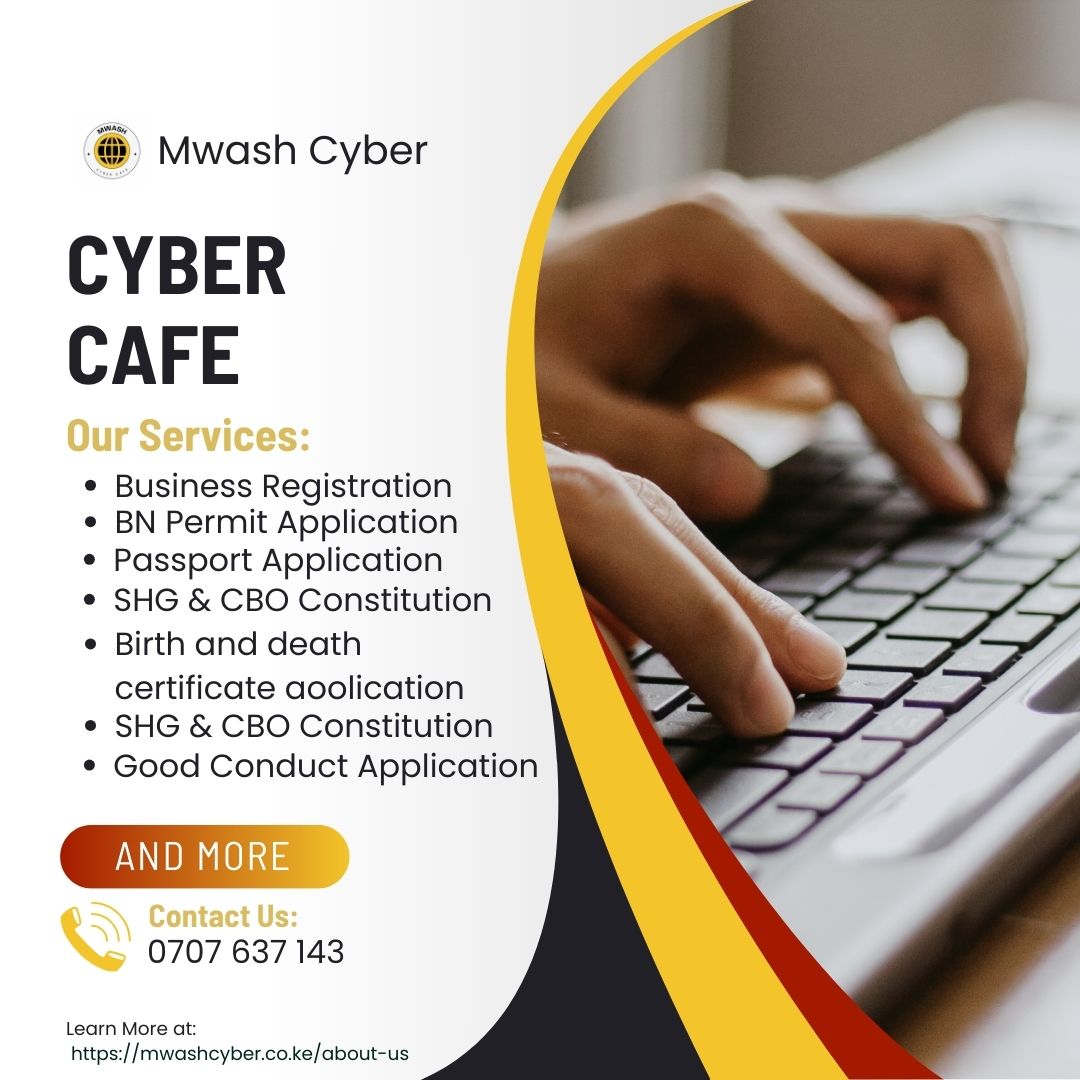
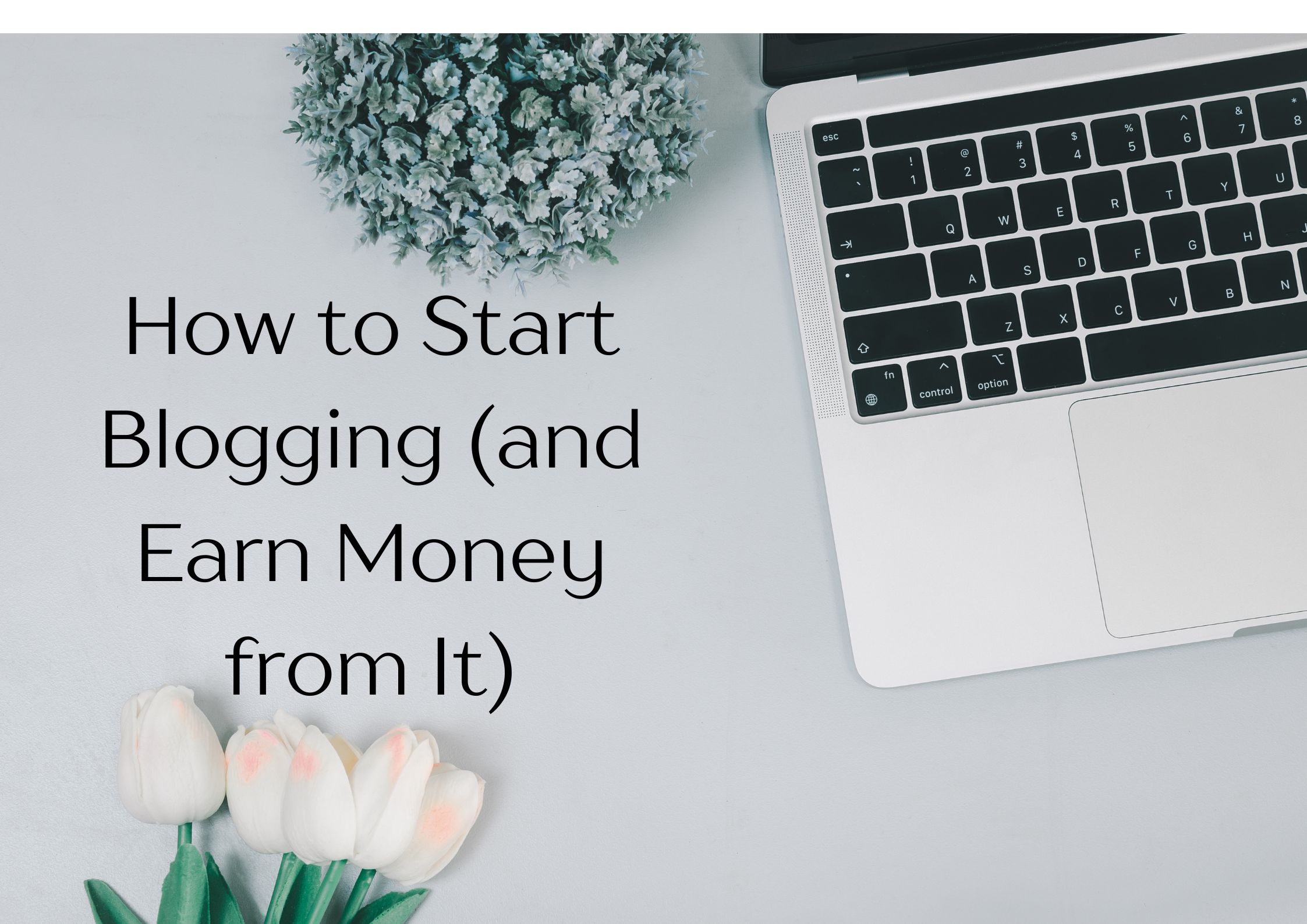
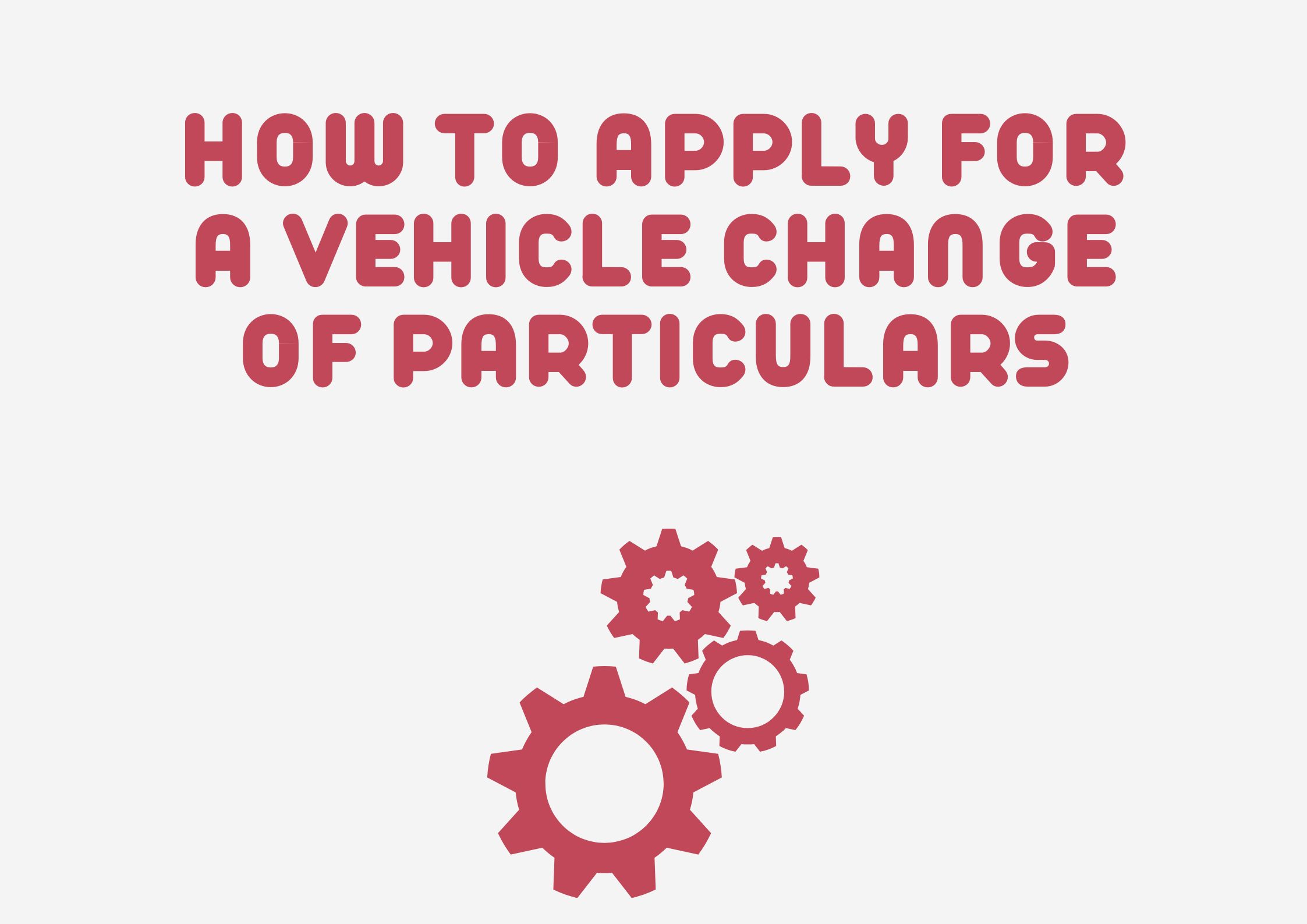
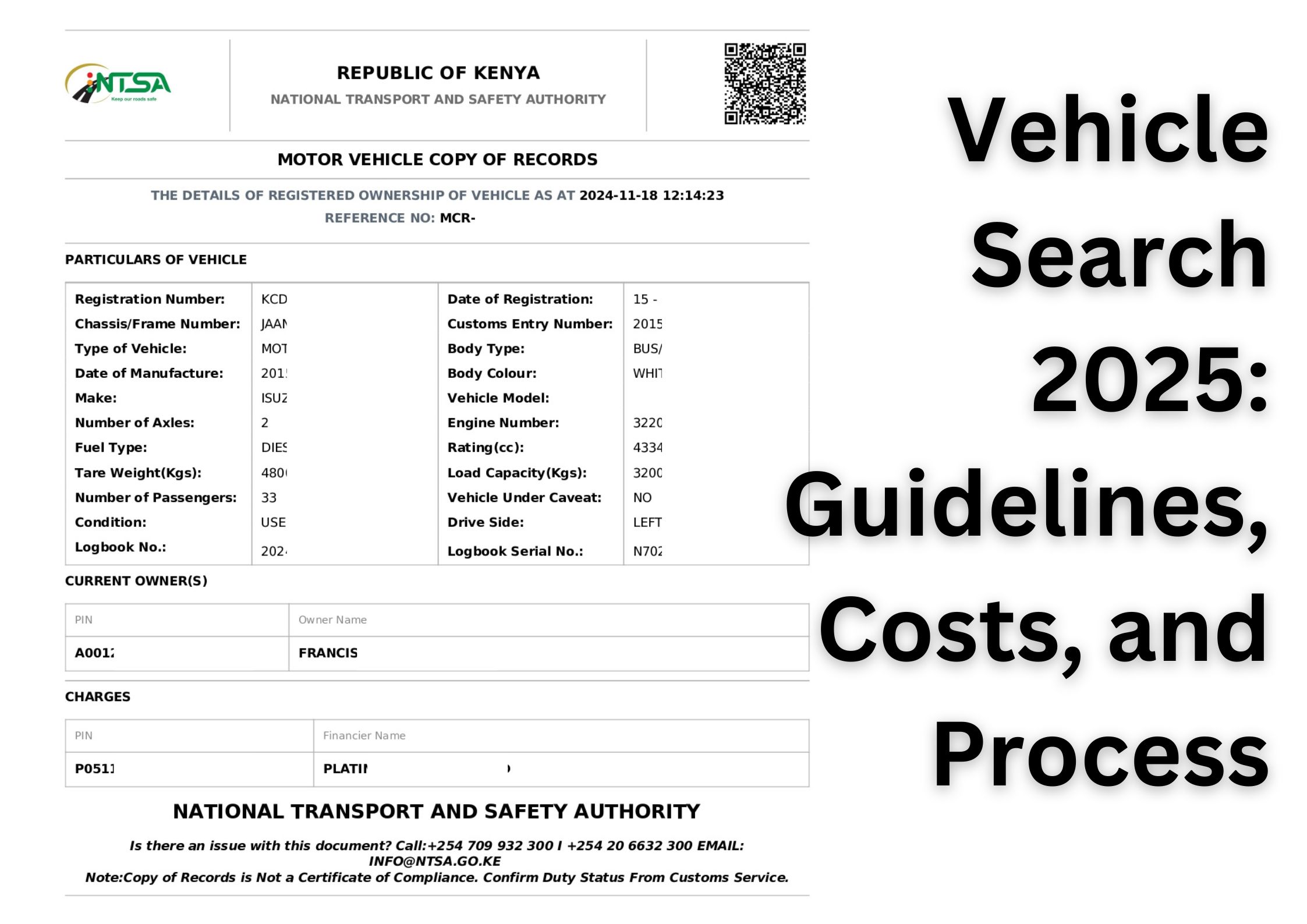
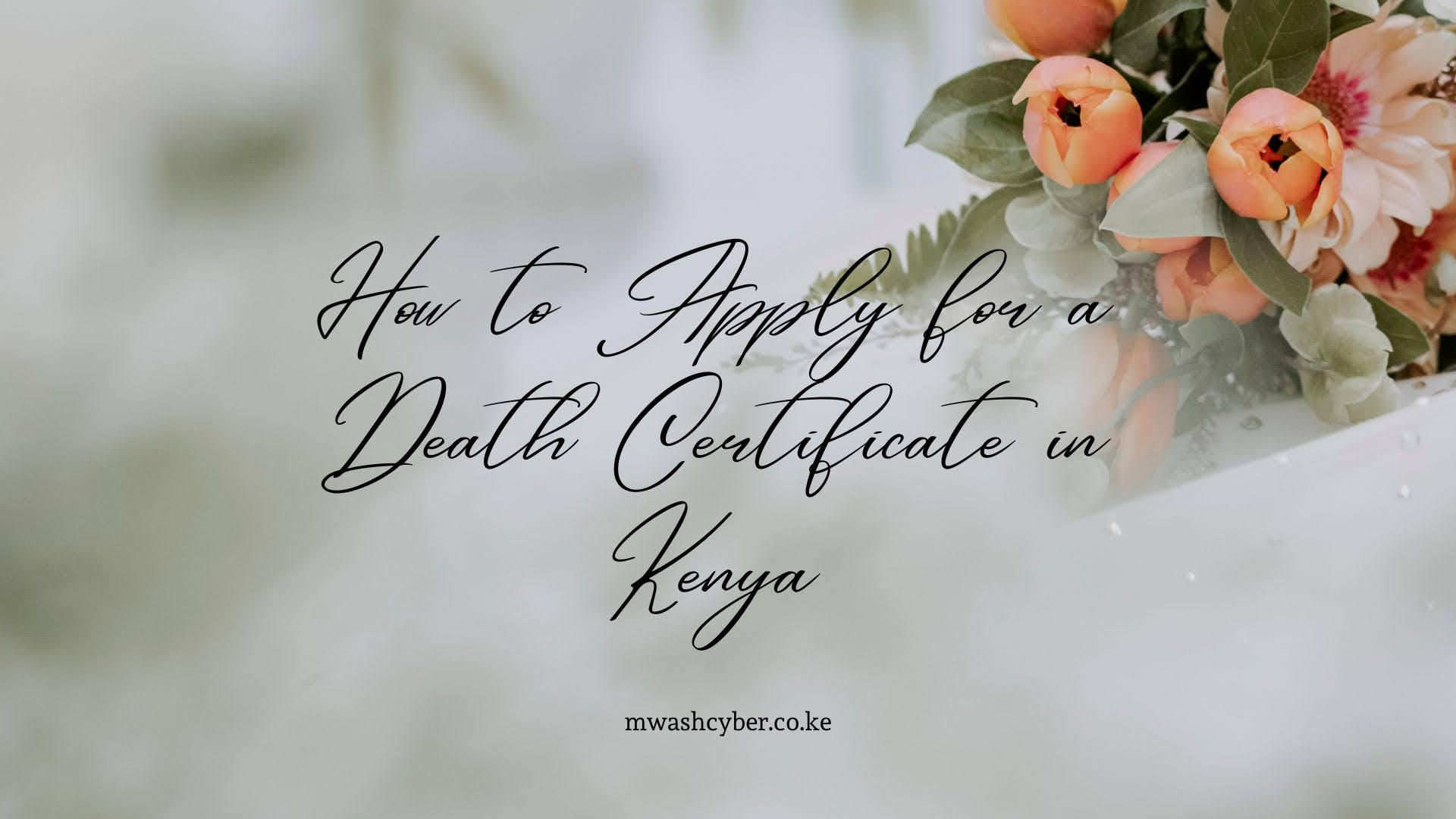
Leave a Reply